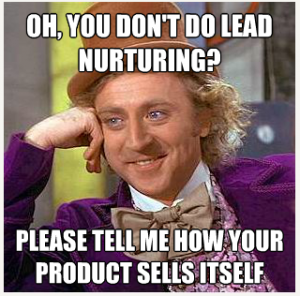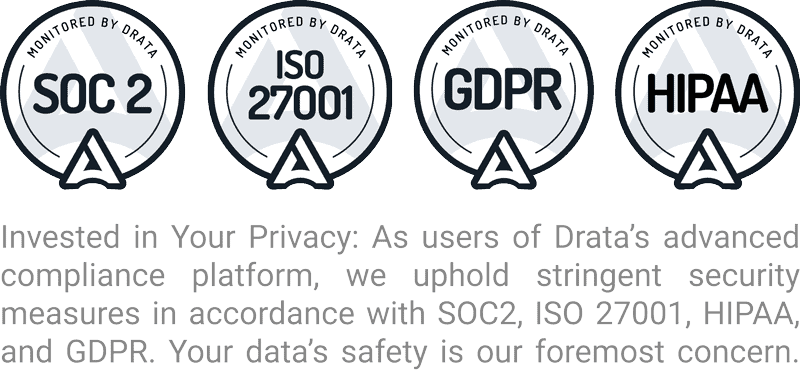Synergetic B2B Lead Nurturing Programs Begin With Research
 B2B lead nurturing programs begin with research. Overcomplicating processes which have been proven to already work make B2B lead nurturing far less desirable than intended. By simple planning before execution, businesses who’ve already formulated sales funnels, landing pages and every bell-and-whistle in between could enjoy much more simplistic processes of taking leads, dripping campaigns or offering companion products or services to customers hesitantly approaching your high dollar offerings. To make B2B lead nurture campaigns much more effective, pump synergy into your campaigns through careful research of tactics that effectively win relationships with businesses instead of fretting over one-off customers. Here’s how to move forward.
B2B lead nurturing programs begin with research. Overcomplicating processes which have been proven to already work make B2B lead nurturing far less desirable than intended. By simple planning before execution, businesses who’ve already formulated sales funnels, landing pages and every bell-and-whistle in between could enjoy much more simplistic processes of taking leads, dripping campaigns or offering companion products or services to customers hesitantly approaching your high dollar offerings. To make B2B lead nurture campaigns much more effective, pump synergy into your campaigns through careful research of tactics that effectively win relationships with businesses instead of fretting over one-off customers. Here’s how to move forward.
Identifying Pipelines
By definition, pipelines do what most manufacturing companies perform daily: feed something into one main source through channels which nourish that source. To melt aluminum for extrusion, one needs metal scrap; in B2B nomenclature, one would need resources, direction and nourishing to drag B2B leads through pipelines. Once these pipelines have been adequately setup, they turn into processes. Your initial goal, then, is identification of single processes which work for constantly delivering accurate lead funnels for nurturing with campaigns that speak to potentially closable leads.
In identifying B2B channels, bear in mind traditional gauging methods which previously proved successful need reevaluated since digital standards of information collaboration, collection or nurturing have changed when mobile marketing exploded several years back. Secure data from Marketo or other data sources to determine which source of nourishment B2B lead nurturing will require in specific pipes.
Nurture B2B Leads To Next, Not Final, Step
Critically committed lead nurturing errors cost potentially long-term lucrative deals from closing. When doors shut, getting that prospect to come back takes more work than you’re prepared to cope with; therefore, hold your B2B client by the hand through each step of your business model, dropping hints leading towards the final destination. Expecting potential clientele to jump from hello to checkout simply won’t fly in our apprehensive closed wallet society.
Reduce your previous B2B lead nurturing path to solutions less unobtrusive than campaigns before, allowing potential customers to see each door being passed through as individually tailored solutions rather than being forced into the big picture without warning. Remember, you wouldn’t force an apple down a newborns throat; carry that ideology into all lead nurturing initiatives for unfathomable results.
Test, Test Again, Then Exam Results
Finally, nothing really could be construed as ‘concrete’ until it’s tested several dozen times over. Pipelines which you’ve established above must be proven viable, the B2B leads which you’ve accumulated need verified, and you’ll need to kindly option them into your database, thereby establishing permission-based communication. Your lead funnels must consist of contingency plans allowing the marketing professional to seamlessly integrate proper demographical demands into their campaigns which, in turn, allows the leads collect to flow directly towards the department of interest. Split-testing every campaign against parameters which deliberately kick out leads will allow future campaign infrastructures to self-solidify based off test results observed.
Is 2013 Your Synergetic Year?
Kicking off the New Year with strong tactics for pipeline enhancements, B2B lead nurturing and qualification campaigns while having perfectly timed steps in place to enhance the quality of leads received will prove immeasurably positive. Remember to lead your prospective client down clearly lit paths towards the inevitable relationship consummated through transactions well-deserved for your nurture efforts.











